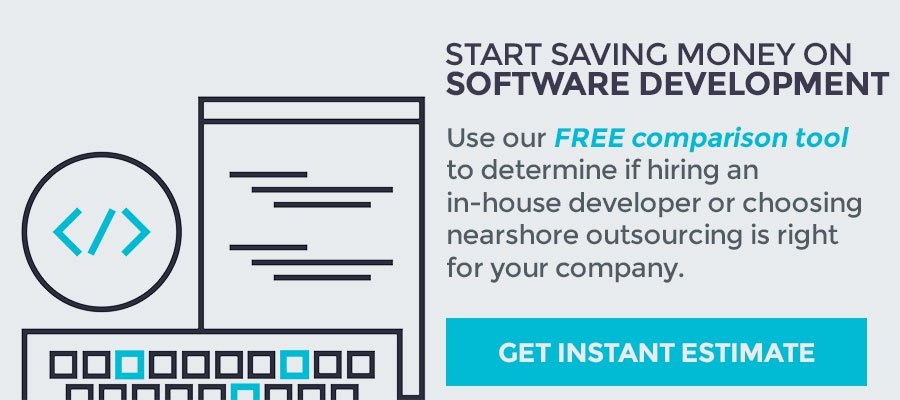
 Agile project management with scrum is commonly used by businesses because it’s ideal for what can happen to everyone in real life. Because the industry moves rapidly, a lot of things change all the time. As a result, teams must know how to adapt to these major changes.
Agile project management with scrum is commonly used by businesses because it’s ideal for what can happen to everyone in real life. Because the industry moves rapidly, a lot of things change all the time. As a result, teams must know how to adapt to these major changes.
The Agile Manifesto outlines several principles, and retrospection is one of these. This allows teams to have a clear idea of what worked, where they failed, and how they can adjust their flow of work according to those insights. Through the agile method, it’s easier for teams to improve themselves constantly.
In this blog, we will talk about agile project management with scrum, and the reasons why it might be the best option for your business.
What is Agile and Scrum?
For newcomers, “agile” and “scrum” might seem a bit confusing because the two terms can be used interchangeably. However, there are important distinctions between them.
Agile is an iterative and incremental approach for developing software. Agile methodologies are open to altering requirements according to the end-user feedback. Unlike the waterfall development method, agile only needs a bit of in-depth planning at the start of the project. In addition, agile was developed to be more responsive to alterations in requirements–only releasing functionality as necessary.
Agile teams are able to handle product iterations for a time and they are cross-functional. Each of the performed tasks is placed and organized in a backlog. Work iteration priorities are then set based on the value the task provides to the business and customers. The working product is the end goal of every iteration.
Scrum, on the other hand, is an agile framework that is utilized by teams to finish complex projects. It has a so-called “scrum master” who facilitates the agile team. This person is in charge of managing the entire process for how information is swapped. To further validate their scrum skills, many businesses take Certified Scrum Master (CSM) training.
Related Content: What is Scrum Management in Software Development?
Benefits of Agile Project Management with Scrum
Over the years, Agile project management with Scrum has helped many businesses reach new heights. Below are a few ways an agile/scrum approach can help your organization.
1) Reduced Costs
The Agile/Scrum approach can lower the costs of a project because it makes the team more productive. It significantly reduces overhead which comes from having fewer potentially unnecessary documentation as well as control requirements. Feature bloat is reduced as well because the team works with an incremental development effort and requirements are prioritized.
With that approach, you will immediately know once the project starts to reach an area of diminishing returns. During this situation, the incremental value of features no longer exceeds the cost of incremental development.
2) Work Quality
Ensuring quality is one of the primary principles of scrum software development. Testing happens during every sprint, allowing you to conduct a routine inspection of the product as it goes through the development process. This lets the scrum team see any quality problems right away so they can make any necessary adjustments.
3) Customer Satisfaction
Agile project management with scrum requires the product owner’s active involvement. Because there is a high transparency of the project and progress, you can improve customer satisfaction and business engagement. This is an important thing for businesses as it often creates a much more enduring and positive working relationship with customers.
4) Less Risk
 Small increments of working software are made visible to the scrum team and product owner during the development process. This helps them point out any risk right away and respond to them in a timely manner.
Small increments of working software are made visible to the scrum team and product owner during the development process. This helps them point out any risk right away and respond to them in a timely manner.
Scrum development offers a level of transparency that allows you to ensure that all required decisions are made at an ideal time while still making a substantial difference to the final product. The scrum team handles risks, and they review them regularly (usually included in the product backlog). This reduces the risk of project failure.
5) Flexibility
Change is always anticipated and accepted in agile development. Most of the time, the project has a fixed time period. As the development process goes on, detailed requirements arise and evolve.
In order to make this work, it’s crucial to have a product owner who’s actively involved. The person should understand this concept clearly and make required trade-off decisions, exchanging the existing scope for a new one where greater value can be produced.
6) Employee Satisfaction
An organization needs satisfied employees for it to grow. Projects will also be made faster and more efficiently when employees are happy. By taking an agile/scrum approach, you can expect higher employee satisfaction from people who are engaged in the project.
The reason behind this is they are encouraged to take responsibility for their own work and they feel that they are part of an empowered group.
7) Emphasis on Innovation and Creativity
We live in a highly-competitive environment and it’s hard to convince someone to purchase average or run-of-the-mill products. Most people want to see a much higher level of excellence, which requires innovation and creativity.
Using an agile/scrum approach, you can focus on innovation and creativity to maximize the solution’s business value. Take note, however, that too much emphasis on control and planning can be a bad thing, as it tends to suppress innovation and creativity.
8) Motivation
The collaboration, cooperation, and active involvement of everyone in excellent scrum teams create a more enjoyable workplace. When people are happy with what they are doing, the quality of their work increases. This opens the possibility for more innovation. Motivated and happy individuals tend to be more effective with their work, productive, and likely to stay for a long time.
Conclusion
Scrum is an excellent process framework. It helps teams to use agile work practices by giving enough discipline and rigor through various responsibilities, roles, artifacts, and events that enable them to develop strong working habits.
If your agile team sticks to a rigorous yet effective scrum framework, everyone can learn great workflow habits and develop at a pace that’s very sustainable. They work to their own specific commitments instead of having a schedule managed and defined by someone else–making everyone more efficient in the long run.




